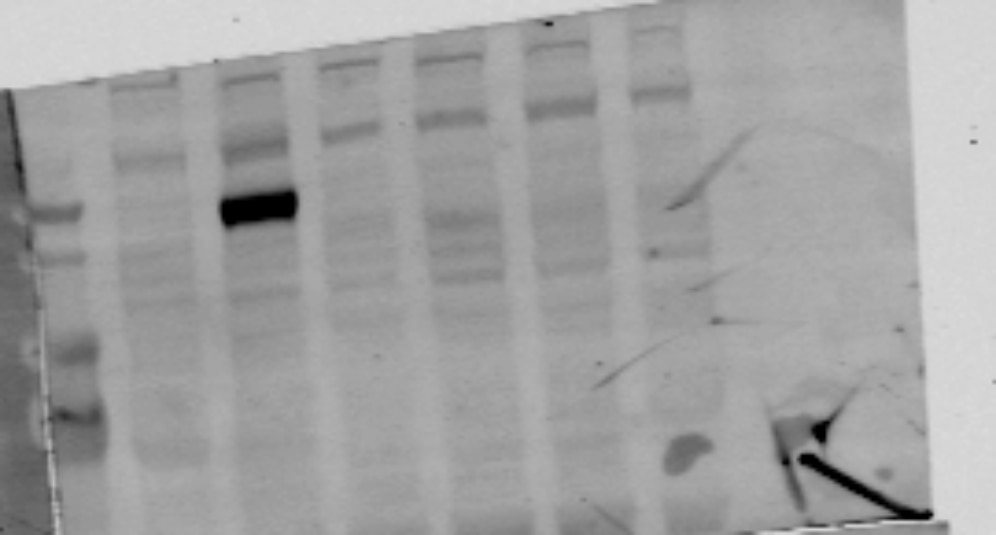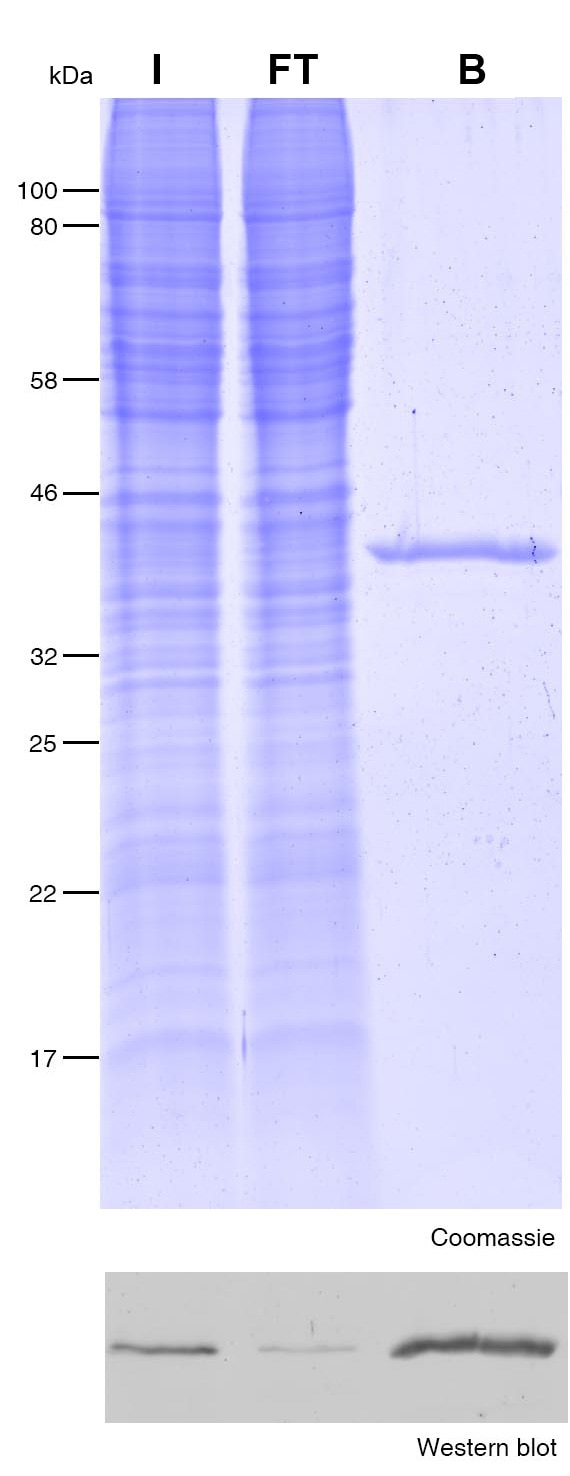Validation Data Gallery
Product Information
Halo-Trap Agarose are affinity beads for IP of Halo-tag proteins. It comprises a Halo-tag Nanobody /VHH conjugated to agarose beads.
| Description | Immunoprecipitation of Halo-tagged proteins and their interacting factors with anti-Halo Nanobody conjugated to beads.
• Halo-Trap immunoprecipitates Halo-fusion proteins even when already covalently bound to Halo-ligands, i.e. after labelling etc. • Fast, reliable & efficient one-step immunoprecipitation • No heavy & light antibody chains • Bound Halo-fusion protein can be eluted without protease • Suitable for downstream mass spec analysis |
| Applications | IP, CoIP, ChIP, RIP |
| Specificity/Target | Halo-tag (modified variant of the bacterial haloalkane dehalogenase enzyme from Rhodococcus rhodochrous) in the absence or presence of covalently bound chloralkane-based ligands. |
| Binding capacity | 7.5-10 μg of recombinant Halo-tag per 25 μL bead slurry |
| Conjugate | Agarose beads; bead size: ~ 90 µm (cross-linked 4 % agarose beads) |
| Elution buffer | SDS sample buffer 0.2 M glycine pH 2.5 |
| Wash buffer compatibility | 4 M urea, 1 M NaCl, 10 mM DTT, 2 % Nonidet P40 Substitute, 1 % Triton X-100 |
| Type | Nanobody |
| Class | Recombinant |
| Host | Alpaca |
| Affinity (KD) | Dissociation constant KD of 2 nM |
| Compatibility with mass spectrometry | The Halo-Trap is optimized for on-bead digestion. For the application note, please click here: On-bead digest protocol for mass spectrometry |
| RRID | AB_2827595 |
| Storage Buffer | 20% ethanol |
| Storage Condition | Upon receipt store at +4°C. Do not freeze! |
| Size | 25ul/reactions (eg:20rxns=500ul slurry) |
Documentation
| SDS |
|---|
| ota_SDS_Halo-Trap Agarose (EN) |
| Datasheet |
|---|
| Halo-Trap Agarose beads Datasheet |
| Trouble shooting |
|---|
| Troubleshooting guide immunoprecipitation (IP) (PDF) |
Publications
| Application | Title |
|---|---|
Cell Vertebrate centromeres in mitosis are functionally bipartite structures stabilized by cohesin | |
Nat Commun TMX4-driven LINC complex disassembly and asymmetric autophagy of the nuclear envelope upon acute ER stress | |
Mol Cell RNA methylation influences TDP43 binding and disease pathogenesis in models of amyotrophic lateral sclerosis and frontotemporal dementia | |
Nat Chem Biol Bright and stable luminescent probes for target engagement profiling in live cells. | |
Nat Commun Galectin-9 restricts hepatitis B virus replication via p62/SQSTM1-mediated selective autophagy of viral core proteins. |
Reviews
The reviews below have been submitted by verified Proteintech customers who received an incentive for providing their feedback.
FH Mi-Hye (Verified Customer) (07-29-2024) | IP work great
|
FH Jutta (Verified Customer) (08-23-2023) | very easy protocoll, fully successfull, low background, good signal on western blot
 |
FH Anastasija (Verified Customer) (02-14-2022) | I used the Halo-trap agarose to perform nuclear co-IP of Halo-tagged proteins, and after a bit of optimization of the IP protocol I achieved very good pulldown efficiency with high amounts of bait and interactors, and low background. An added benefit is that upon elution there is no IgG co-eluting with the target proteins, which is normally a problem in conventional IP approaches using IgG. I am really happy with this product, and will continue using it in future experiments.
|

